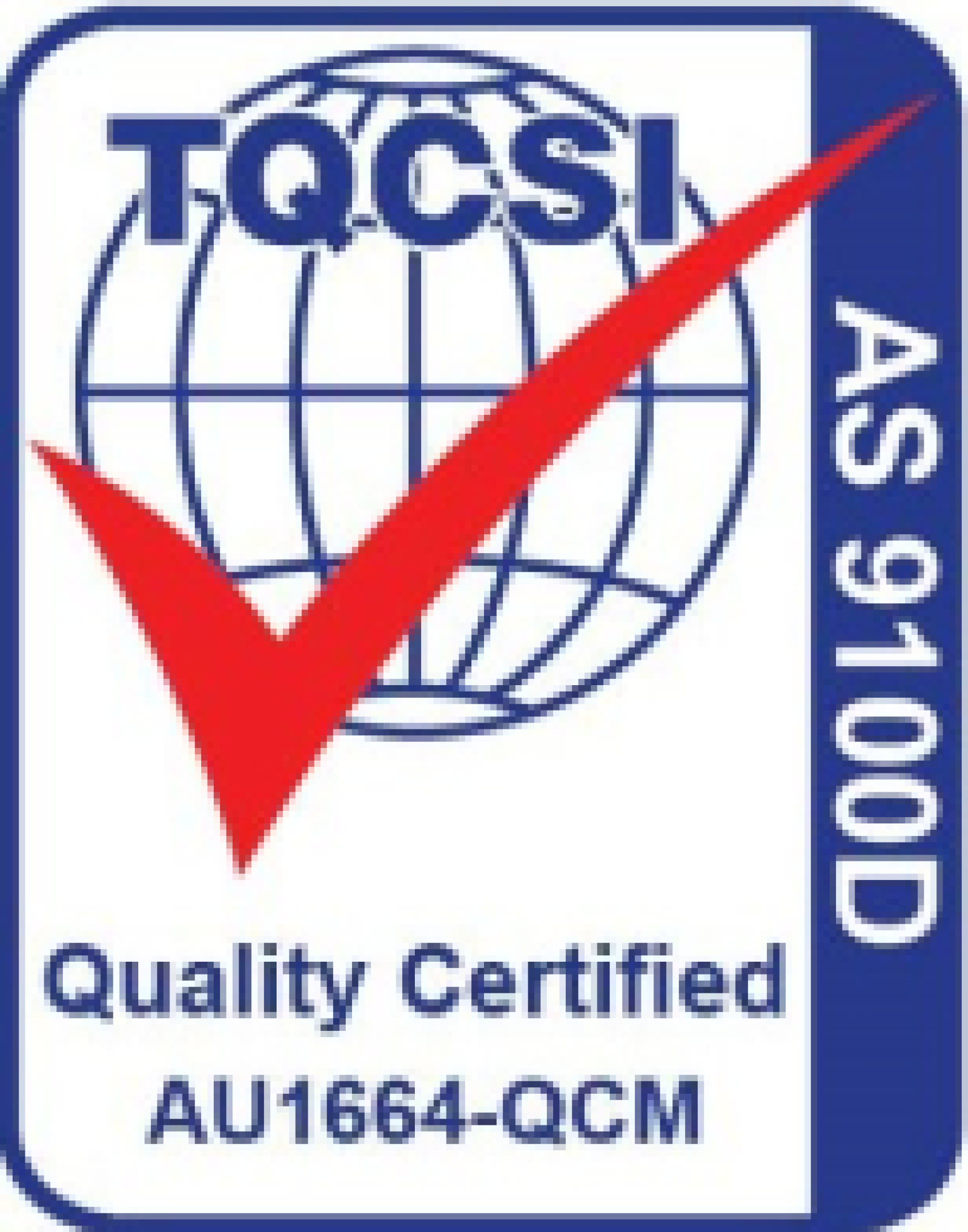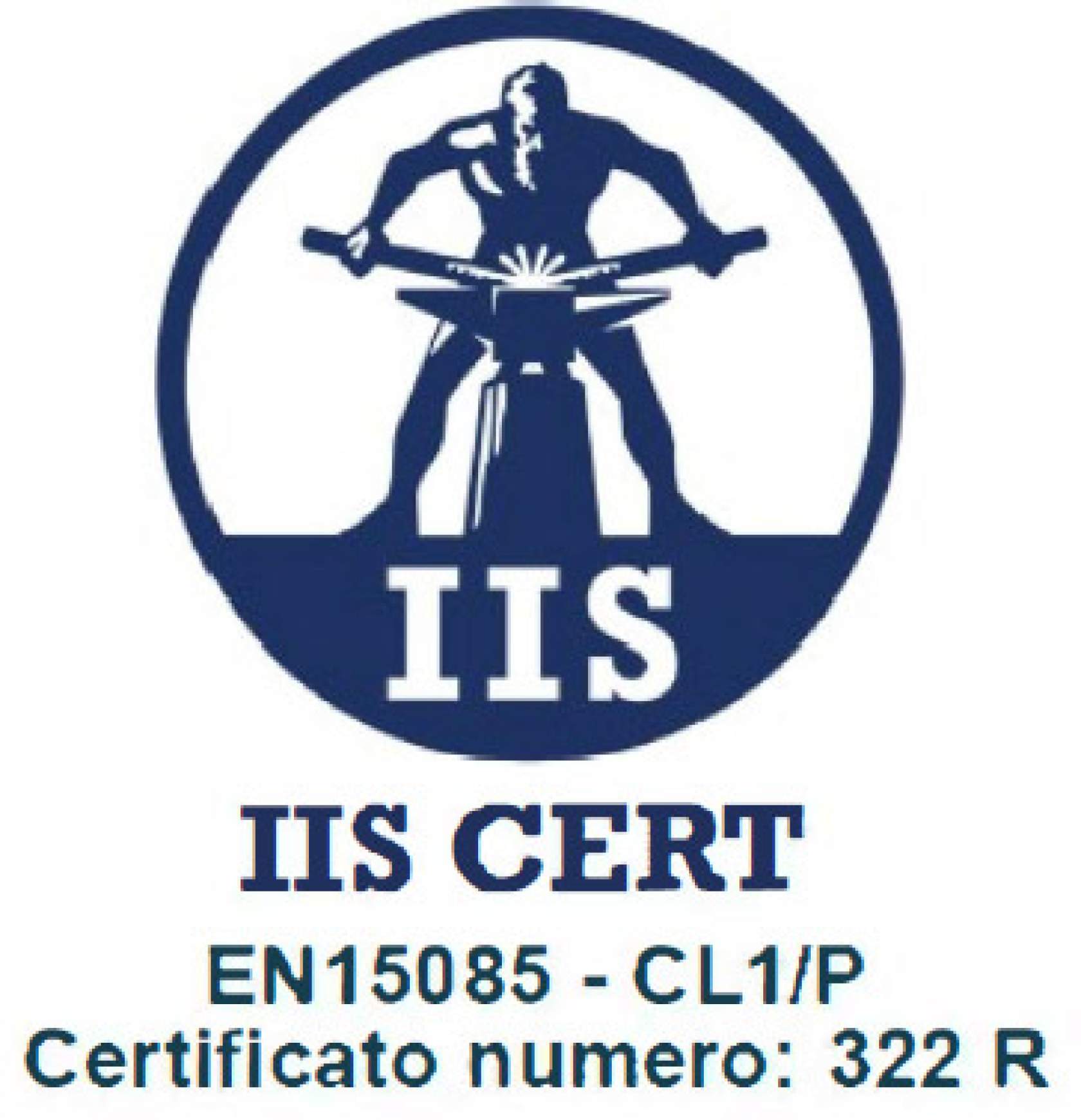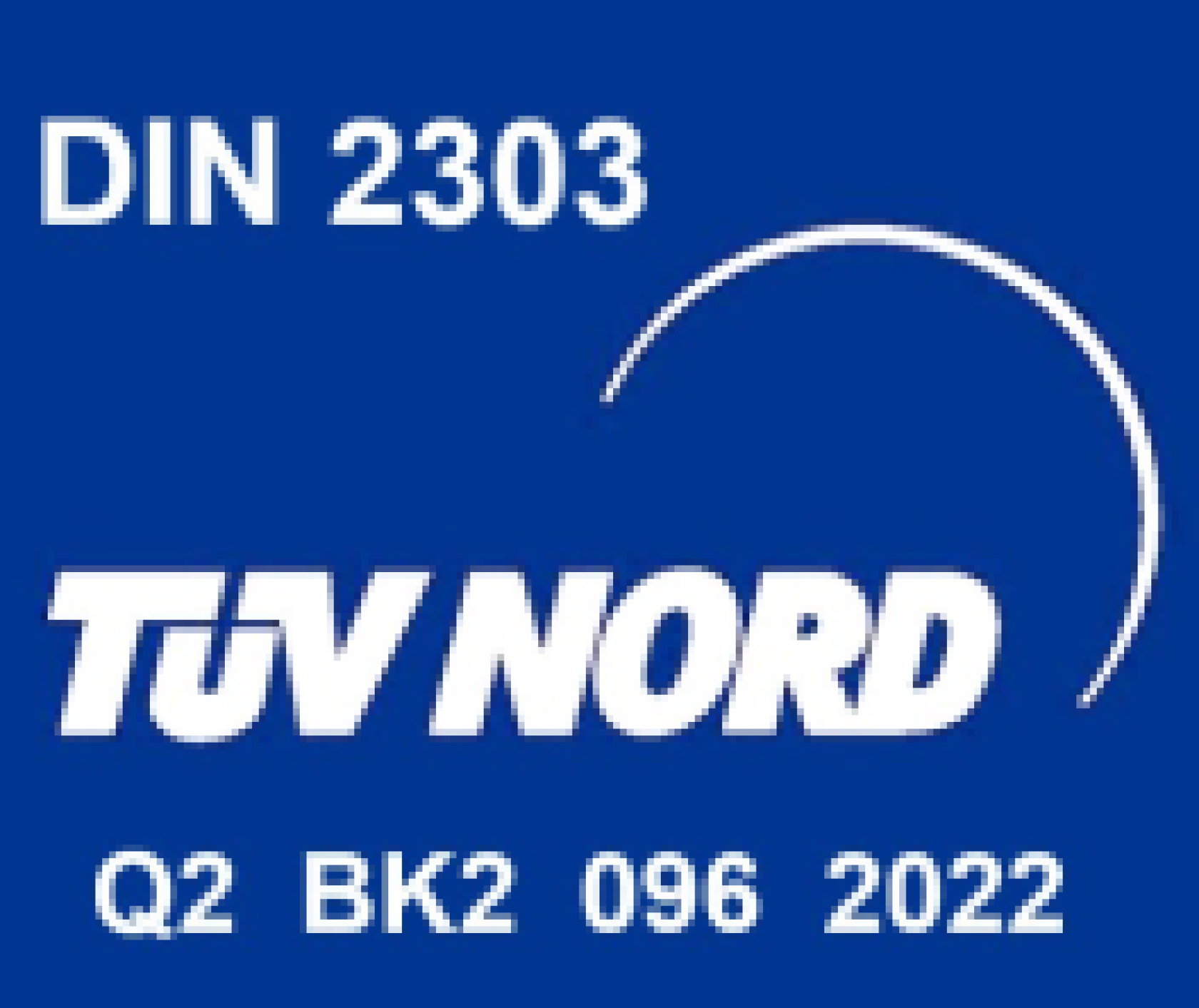Bending
Mandrel Bending
Mandrel bending is also known as rotary draw bending using specialised tooling to ensure to minimize any ovality.
Bending work may need to be polished both mechanically or electro-chemically to achieve the desired finish. For bends that face high temperatures and pressures, heat treatment to either enhance or restore their properties may be required. Typical boiler tube bends, for example, may undergo stress relief heat treatment. Or in the case of chrome moly tube bends, a normalizing heat treatment cycle followed by a tempering heat treatment cycle.
Stainless steel bends normally do not require any heat treatment, but if stress corrosion cracking (SCC) resistance is required the bends may need a solution heat treatment cycle. Or if the stainless material grade contains stabilizing elements a further stabilizing heat treatment cycle may be required. We offer all these processes complete with heat treatment charts and calibration records if required.
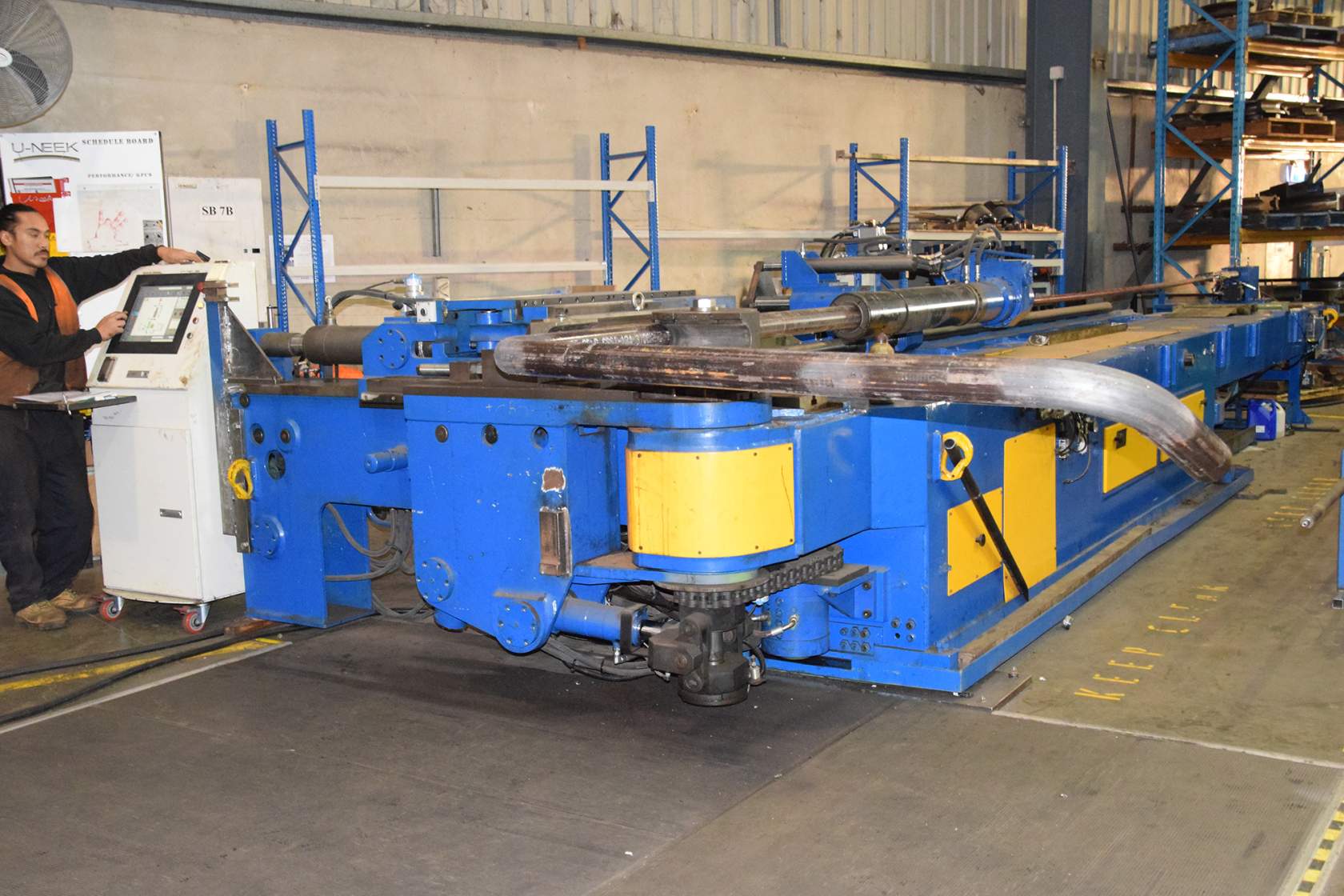
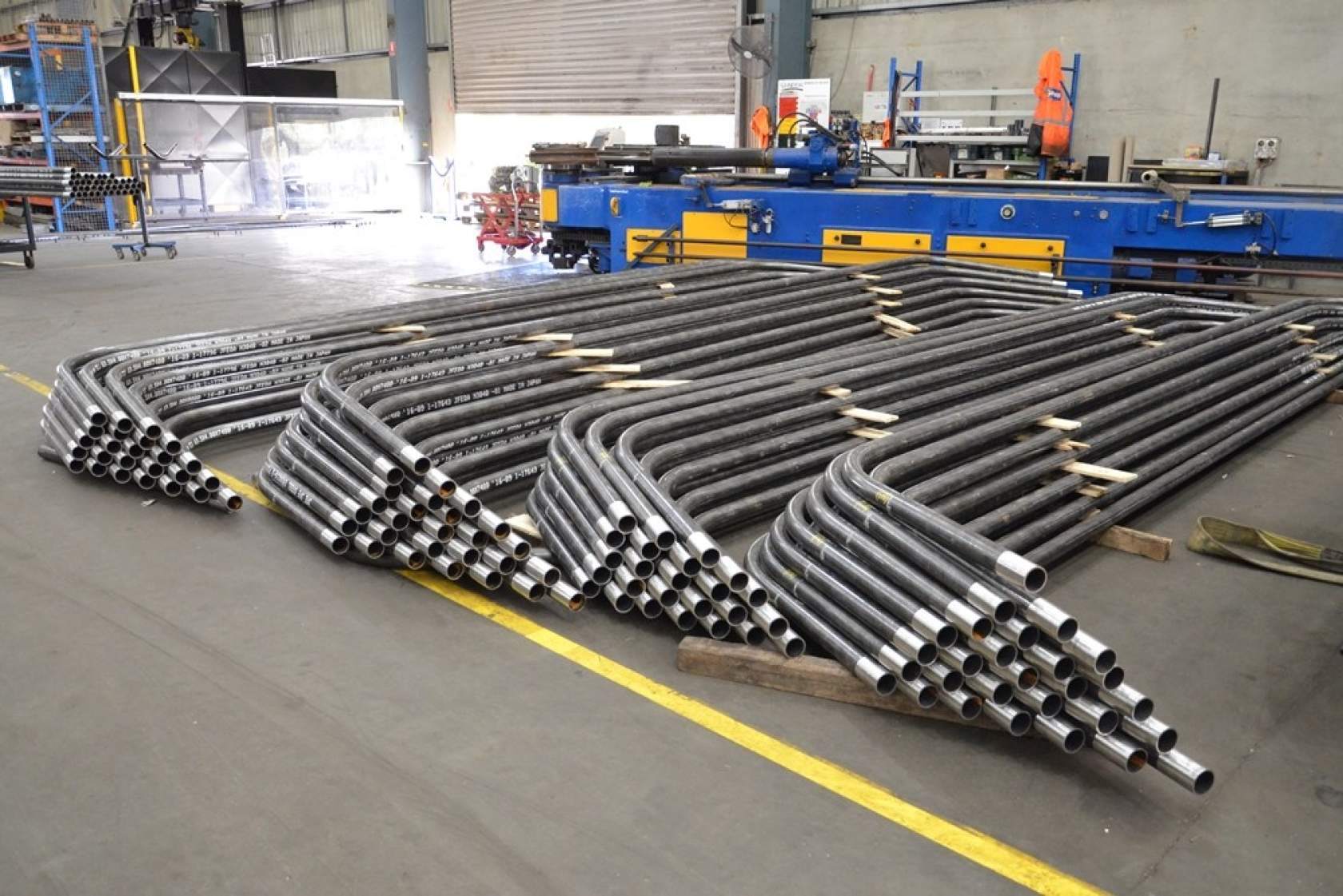
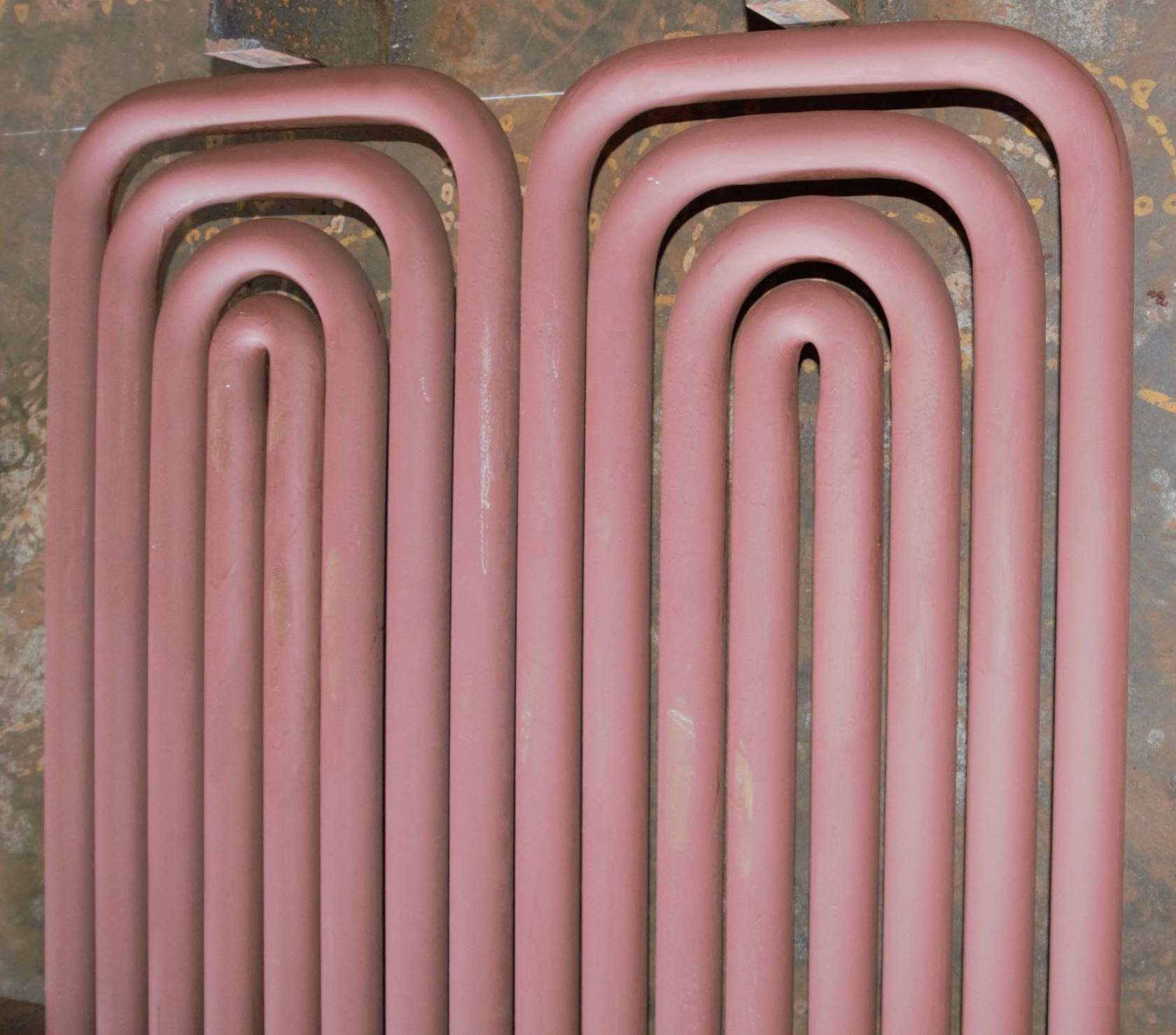
Ovality of Bends
In demanding applications ovality (or deviation from perfect roundness) of the bend needs to be kept to a minimum. By careful selection of tooling and operating parameters ovality can be minimized. Where required we check and record the ovality of bends. These records make up part of the MDR (Manufacturers Data Report) accompanying the final product.
Wall Thinning of Bends
The outside wall of the tube bend is stretched during bending, resulting in a reduction of wall thickness along the outside (bend extrados) of the part. This thinning needs to be kept to a minimum to ensure a high-quality bend. This is achieved with the right combination of tooling, the right type of mandrel and correct pressures. We measure wall thickness of the pipe using ultrasonic thickness gauges. Again, results are recorded and these records are included with the ovality documentation in the products MDR.
Tight radius bends, often called 1D bends are frequently used in demanding engineering applications such as power generation and petrochemical industries. We have manufactured several thousand of these bends for superheater coils used in power generation and boiler plants.
Boost bending and Squeezed bends / Hot closed bends.
Thermal power plants use a combination of Platen ( radiant) and convective ( primary /secondary/ tertiary) superheaters to smooth out the superheat curves and give a flat superheat curve over a wide load range. These superheaters require very tight radius bends on the inside loops. Radii vary from 1D to 0.5D which entails squeezed bends. These bends are made in a 2-stage process. The initial stage is by cold bending to a 1.5 to 1 D radius. The bend is then heated in a furnace and hot squeezed down to the required tight radius. An additional sizing operation is carried out to ensure ovality is within code requirements.





